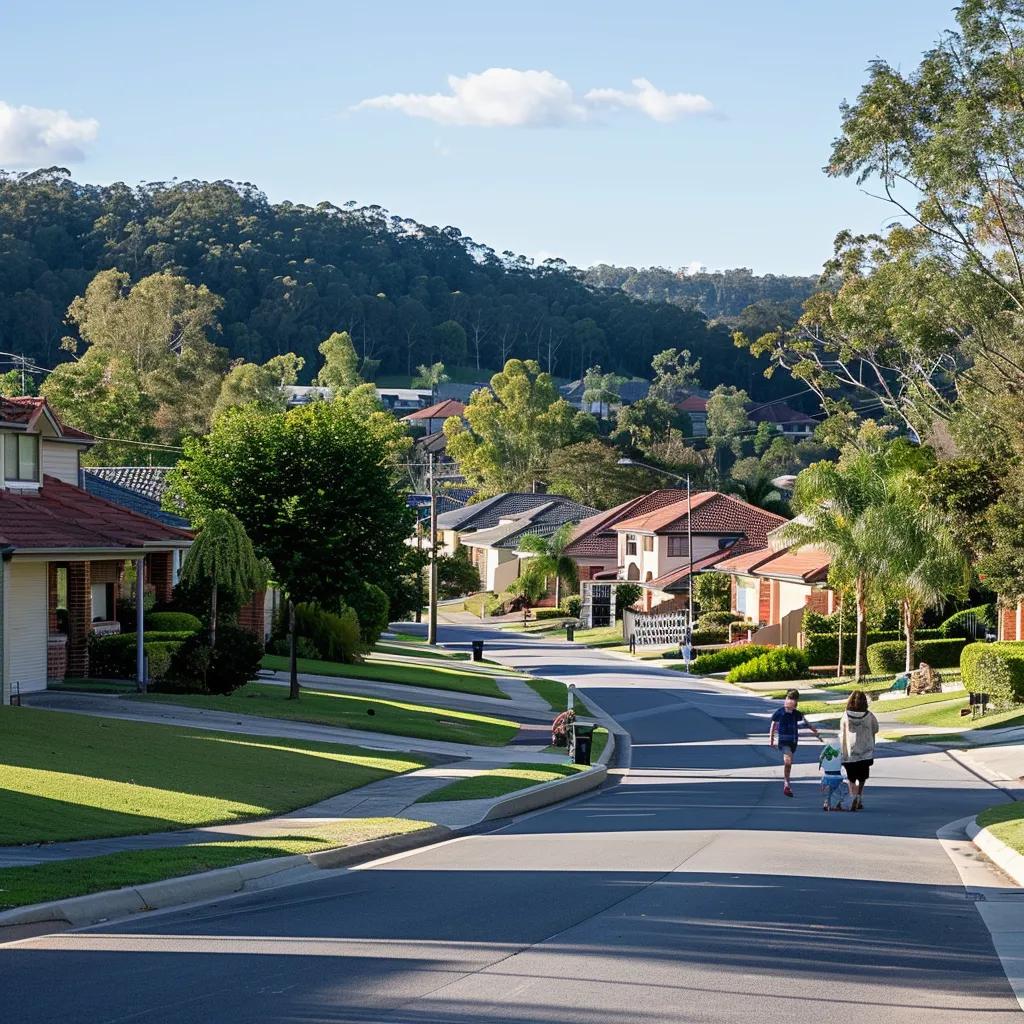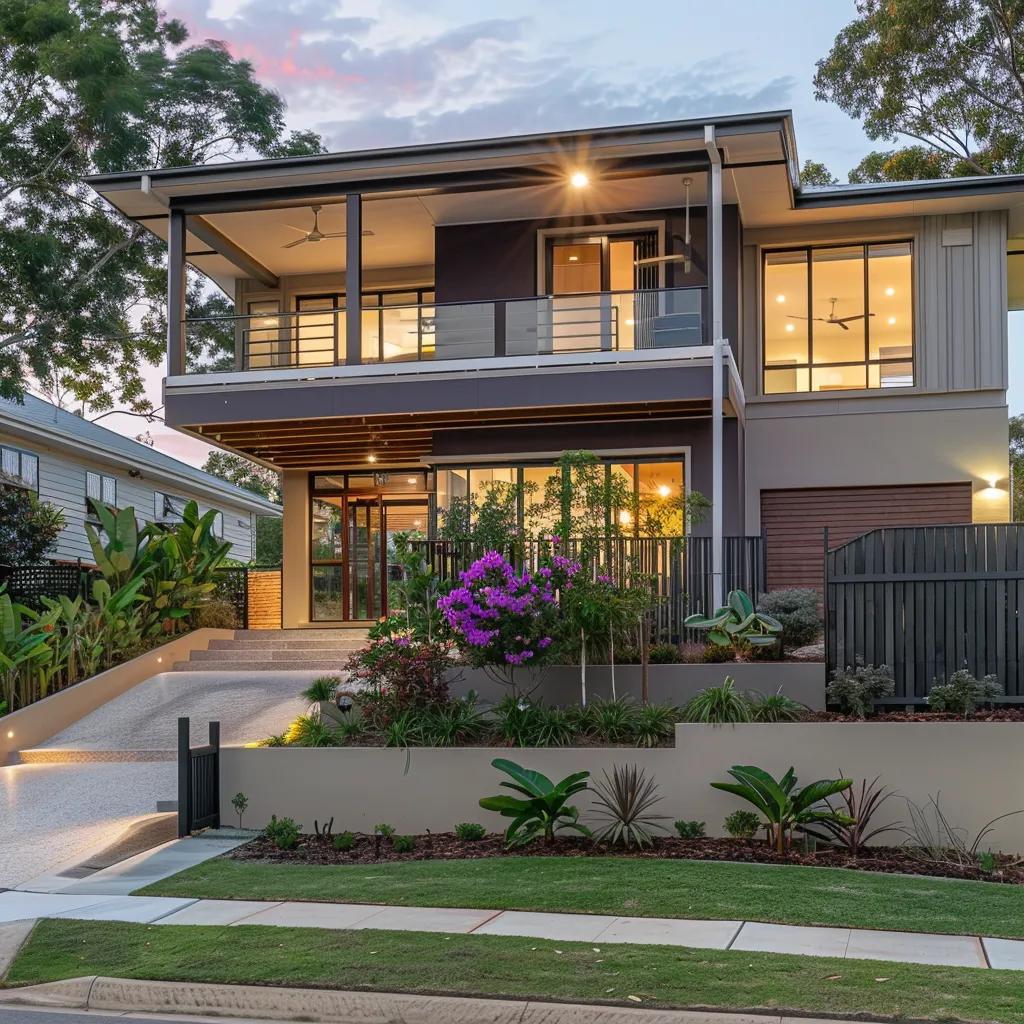
Is It Worth Buying a Property in the Brisbane Market? Comprehensive Insights on Brisbane Property and Investments
Brisbane’s property market has delivered median dwelling values near AUD 935 000, raising the question: is it worth buying now? For homebuyers and investors navigating rising prices, expert guidance can unlock the best opportunities. This guide examines the current state of Brisbane’s median prices and growth trends, pinpoints top suburbs for capital gains, explores rental yields and vacancy dynamics, assesses the influence of the 2032 Olympics and major infrastructure, and explains why enlisting a buyer’s agent at wearebuyersagents.com.au can secure optimal outcomes.
What Is the Current State of the Brisbane Property Market?
Brisbane’s real estate market remains buoyant with solid demand underpinned by interstate migration and infrastructure spending.
What Are the Latest Median Prices for Houses and Units in Brisbane?
Brisbane’s median house price is AUD 1 020 000 while the unit median sits at AUD 727 000, reflecting robust buyer confidence across property types.
Below is a breakdown of median values as at July 2025:
| Entity | Attribute | Value (AUD) |
|---|---|---|
| House | Median Price | 1 019 865 |
| Unit | Median Price | 727 110 |
| Dwelling (Overall) | Median Price | 934 623 |
These median figures illustrate affordability gaps between houses and units and set a benchmark for assessing price growth.
Brisbane Property Market Overview
The Brisbane property market has shown robust growth, with median house prices reaching AUD 1,019,865 and unit prices at AUD 727,110 as of July 2025. This reflects strong buyer confidence and demand across different property types within the city.
This citation supports the article’s claims about the current median prices for houses and units in Brisbane, providing a verifiable source for the data.
How Have Brisbane Property Prices Grown Recently?
Brisbane dwelling prices have grown by double‐digit percentages, driven especially by unit demand.
- Annual growth for houses reached 6.7 percent in July 2025.
- Units outperformed with 10.6 percent annual increase.
- Forecasts predict overall dwelling values rising by 9–14 percent through 2026.
Strong year-on-year gains support the case for capital growth, leading into considerations of the underlying drivers.
What Are the Key Market Drivers Influencing Brisbane Property?
Key forces propelling Brisbane property include population influx, infrastructure investment and event tourism.
- Population Growth drives housing demand through sustained interstate migration.
- Major Infrastructure such as Cross River Rail and Brisbane Metro boosts precinct desirability.
- 2032 Olympics commitments raise long-term investor interest.
- Relative Affordability compared to Sydney and Melbourne attracts first-home buyers and investors.
These drivers create momentum that suburbs can leverage, guiding the search for the best investment locations.
Which Brisbane Suburbs Offer the Best Investment Opportunities?

Some suburbs combine affordability, yield and growth potential better than others, offering tailored options for different buyer types.
What Are the Top Suburbs for Capital Growth in Brisbane?
A few inner-ring and fringe suburbs are forecast to record above-average capital gains.
- Woolloongabba has transformed with dining precincts and the Cross River Rail station.
- Carindale benefits from retail hubs and strong family appeal.
- North Lakes offers masterplanned growth and ongoing infrastructure.
These areas exemplify precinct renewal and support long-term value uplift.
Which Suburbs Provide High Rental Yields?
Investors seeking income should focus on suburbs with rental returns above 4 percent.
- Logan Central consistently delivers around 4.5 percent gross yield.
- Woodridge shows yields near 4.2 percent thanks to affordable entry prices.
- Springfield Lakes attracts tenants with modern amenities and yields over 4 percent.
High yields indicate strong tenant demand, bridging to vacancy considerations.
Where Are Affordable Suburbs for First-Time Buyers in Brisbane?
First-home buyers can find entry-level prices within reach in outer-metro locations.
- Ipswich median houses near AUD 550 000.
- Deception Bay units averaging AUD 390 000.
- Caboolture homes around AUD 610 000.
These suburbs balance cost and growth prospects for buyers entering the market.
Unlock the Brisbane Property Market's Growth Potential

Understanding rental returns and vacancy tightness informs income and risk profiles.
What Are the Current Rental Yield Trends in Brisbane?
Gross rental yields in Brisbane continue to outperform many capital cities, supporting investor cash flow.
| Entity | Attribute | Value |
|---|---|---|
| Houses | Average Yield | 3.8 percent |
| Units | Average Yield | 5.2 percent |
| Overall Dwellings | Average Yield | 4.3 percent |
Rental Yields and Vacancy Rates in Brisbane
Brisbane’s rental market is characterized by strong yields and low vacancy rates. Average gross rental yields are 3.8% for houses, 5.2% for units, and 4.3% overall, while vacancy rates remain below 1.1%. These figures indicate a competitive rental market with high demand.
This citation provides supporting data for the article’s claims regarding rental yields and vacancy rates, which are key indicators for investors.
How Low Are Vacancy Rates and What Does This Mean for Investors?
Brisbane vacancy rates sit below 1.1 percent, indicating a highly competitive rental market.
- Maintain strong occupancy as demand exceeds supply.
- Support rental growth through minimal downtime between tenancies.
- Mitigate risk of prolonged vacancies even in economic slowdowns.
Tight vacancy levels underscore the income stability that attracts long-term investors.
What Impact Will the 2032 Olympics and Infrastructure Projects Have on Brisbane Property?
Large-scale projects and a global sporting event are reshaping the city’s investment landscape.
How Will Major Infrastructure Projects Like Cross River Rail Influence Property Values?
- Improve accessibility for commuters.
- Stimulate development of mixed-use projects.
- Increase land values within walking distance of stations.
Enhanced connectivity lays the foundation for stronger precinct demand.
What Long-Term Growth Can Be Expected from the 2032 Olympics?
- Boost tourism economy through venue-driven occupancy.
- Leave transport upgrades that serve residents beyond 2032.
- Attract international investment into commercial and residential projects.
Event-driven enhancements support enduring value uplift in targeted suburbs.
Why Should You Use a Buyer’s Agent When Buying Property in Brisbane?
A buyer’s agent streamlines the process, negotiates on your behalf and uncovers off-market deals.
What Are the Benefits of Hiring a Buyer’s Agent in Brisbane?
- Access exclusive listings not advertised publicly.
- Receive in-depth suburb analysis tailored to your objectives.
- Benefit from skilled negotiation to secure the best purchase price.
- Save time and avoid the stress of market complexities.
Professional support boosts confidence in decision-making and outcome.
How Does the Buyer’s Agent Process Work for Brisbane Property Buyers?
- Briefing to define your budget, criteria and investment goals.
- Shortlisting properties through data-driven research and inspection.
- Negotiation leveraging market insights to obtain favourable terms.
- Settlement assistance coordinating legal and finance steps to completion.
Structured guidance ensures seamless progression from search to settlement.
Brisbane’s balanced market fundamentals, tight rental conditions and major projects combine to make property acquisition an attractive prospect. By pinpointing high-growth and high-yield suburbs and leveraging expert buyer’s agent services, purchasers can capitalise on current opportunities while mitigating risks. With tailored support, achieving your Brisbane property goals is both strategic and attainable.
Disclaimer: The information provided in this article is for general guidance only and does not constitute financial or investment advice. Market conditions, property prices, rental yields, and vacancy rates are subject to change. All data and figures presented are based on information available as of July 2025 and may not reflect current or future market performance. It is essential to conduct your own due diligence and consult with qualified professionals before making any property investment decisions.
